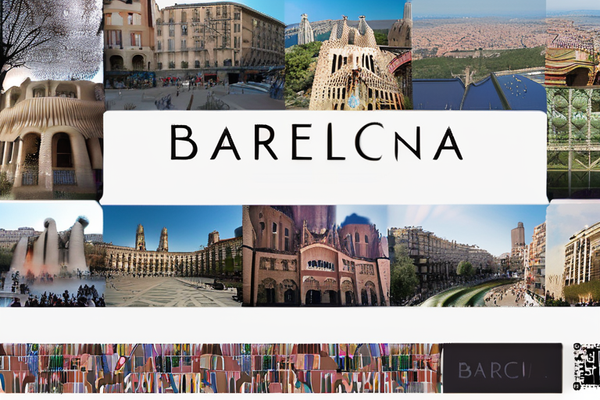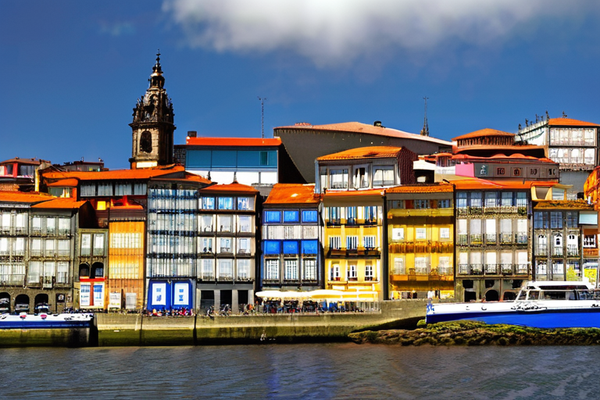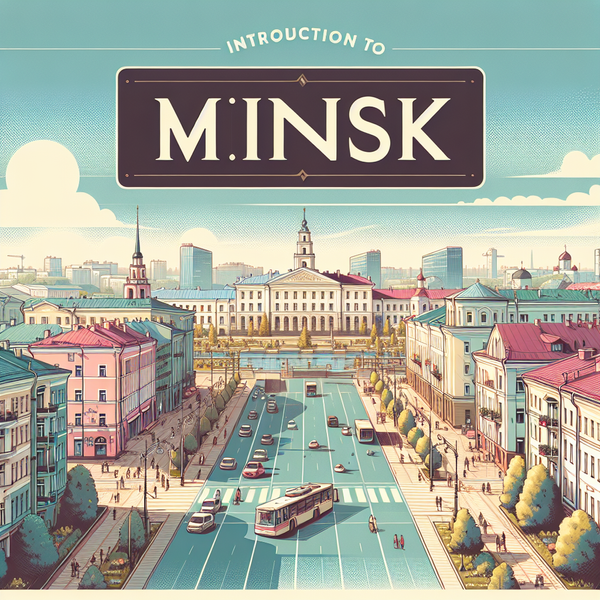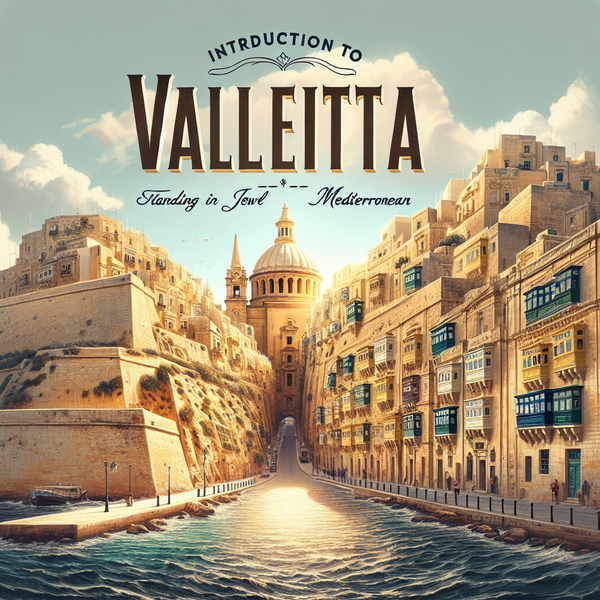Rome: A Journey Through History and Culture
Rome, a city where every corner whispers tales of empires, art, and heart-stirring drama, stands as a testament to the grandeur of human history.
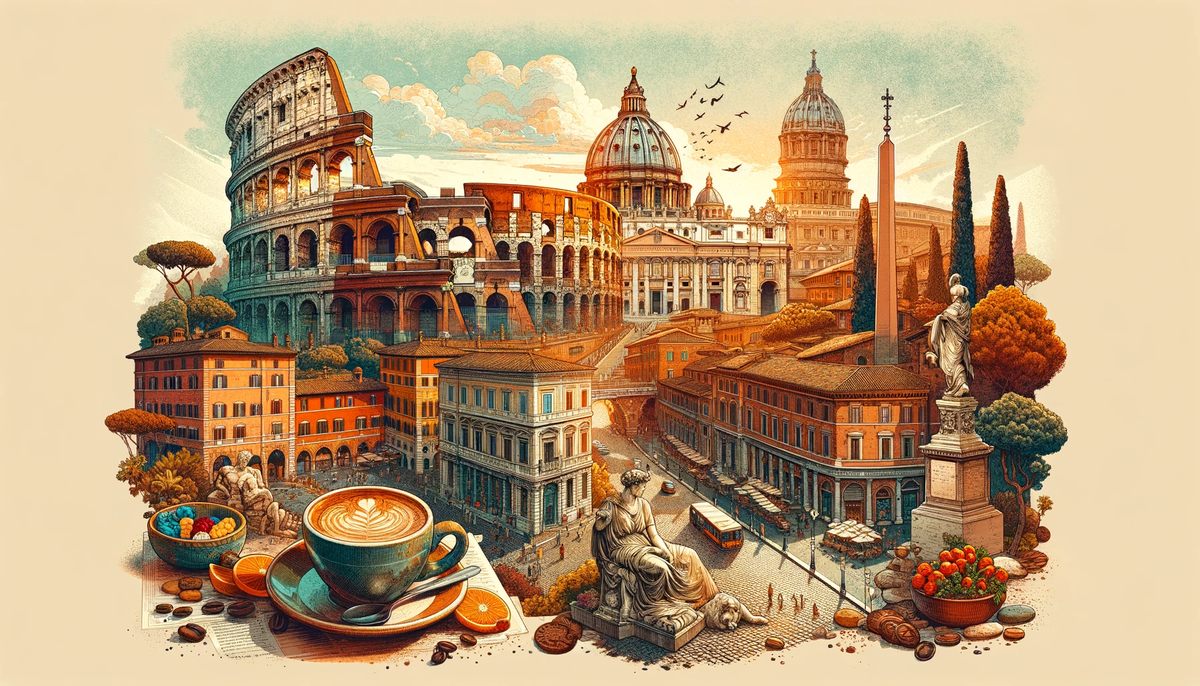
Rome, a city where every corner whispers tales of empires, art, and heart-stirring drama, stands as a testament to the grandeur of human history. As you wander through its labyrinthine alleys, you're walking the same paths as the Caesars, gazing upon the same sights that inspired Renaissance artists, and feeling the palpable pulse of a city that has shaped the world.
In this post, we'll explore the Eternal City, from the awe-inspiring Colosseum to the Vatican's sacred walls, and from bustling piazzas to hidden culinary havens.
Ancient Rome
The Colosseum: A Symbol of Ancient Rome
The Colosseum is one of the most iconic symbols of Ancient Rome and a must-visit for anyone traveling to the city. This massive amphitheater, built of concrete and sand, could hold up to 50,000 spectators and was used for gladiatorial contests, public spectacles, and dramas based on classical mythology.
The Colosseum was built during the reign of Emperor Vespasian in 70-80 AD and was completed by his son, Titus. It is located in the center of Rome and is easily accessible by public transportation. Visitors can explore the different levels of the Colosseum, including the underground area where the gladiators and animals were held before their fights.
The Roman Forum: The Heart of Ancient Rome
The Roman Forum, also known as the Forum Romanum, was the political, economic, and religious center of Ancient Rome. It is located in the heart of the city, between the Capitoline and Palatine Hills, and is a sprawling ruin of architectural fragments and intermittent archaeological excavations.
The Forum was the site of many important events in Roman history, including speeches by famous leaders such as Julius Caesar and Cicero. Visitors can see the remains of important buildings such as the Temple of Saturn, the Curia (the Senate House), and the Rostra (a platform where speakers addressed the crowds).
Palatine Hill: Where Rome Was Founded
Palatine Hill is one of the seven hills of Rome and is believed to be the location where the city was founded in 753 BC by Romulus. It is also the site of several important ancient Roman buildings, including the Palace of Augustus, the Palace of Tiberius, and the Houses of Livia and Augustus.
Visitors can explore the ruins of these ancient palaces, which offer a glimpse into the lives of the Roman emperors. The hill also offers stunning views of the Roman Forum and the Colosseum, making it a popular spot for tourists.
Additionally, Palatine Hill is home to the Farnese Gardens, which were built in the 16th century by the Farnese family. These gardens offer a peaceful escape from the hustle and bustle of the city and feature a variety of beautiful plants, fountains, and sculptures.
Art and Architecture
Ancient Rome is not only known for its historical significance but also for its contributions to art and architecture. The city is home to some of the most famous works of art and architectural masterpieces in the world. In this section, we will explore some of the most famous examples of Roman art and architecture.
Vatican City: Home to St. Peter's Basilica and the Sistine Chapel
Vatican City is a sovereign city-state located within Rome and is the headquarters of the Roman Catholic Church. The city is home to two of the most famous works of art in the world: St. Peter's Basilica and the Sistine Chapel.
St. Peter's Basilica is one of the largest churches in the world and is considered one of the holiest sites in Christendom. The basilica was designed by some of the most famous architects of the Renaissance, including Michelangelo, Bramante, and Maderno. Visitors can explore the basilica's many chapels, including the famous Chapel of the Holy Sacrament, which is adorned with beautiful mosaics.
The Sistine Chapel is located within the Vatican Palace and is famous for its stunning frescoes, which were painted by Michelangelo between 1508 and 1512. The chapel's most famous work is the ceiling, which depicts scenes from the Old Testament, including the creation of Adam and the flood.
The Pantheon: A Masterpiece of Ancient Roman Architecture
The Pantheon is one of the best-preserved ancient buildings in Rome and is a testament to the architectural prowess of the Romans. The building was originally commissioned by Marcus Agrippa as a temple to all the gods of pagan Rome.
The Pantheon's most striking feature is its massive dome, which is made of concrete and measures 142 feet in diameter. The dome is pierced by a central oculus, or opening, which provides natural light and connects the interior of the building to the heavens.
The Trevi Fountain: A Baroque Masterpiece
The Trevi Fountain is one of the most famous fountains in the world and is a must-see for anyone visiting Rome. The fountain was designed by Italian architect Nicola Salvi and was completed in 1762.
The fountain is a masterpiece of Baroque art and features a stunning sculpture of Oceanus, the god of the sea, surrounded by tritons, horses, and shells. Visitors to the fountain often throw coins into the water, a tradition that is said to ensure a return visit to Rome.
Culture and Cuisine
In addition to its rich history and architectural wonders, Rome is also known for its vibrant culture and delicious cuisine. In this section, we will explore some of the unique cultural experiences and culinary delights that the city has to offer.
Experiencing La Dolce Vita in Rome's Trastevere Neighborhood
Trastevere is a charming neighborhood located on the west bank of the Tiber River. The neighborhood is known for its narrow cobbled streets, picturesque piazzas, and beautiful ivy-covered buildings. Visitors to Trastevere can experience "la dolce vita" (the sweet life) by strolling through its charming streets, sipping on espresso in its many cafes, and enjoying delicious Italian cuisine in its family-owned trattorias.
One of the most popular things to do in Trastevere is to simply wander through its narrow streets and soak up the neighborhood's vibrant atmosphere. Visitors can explore the many boutiques, art galleries, and antique shops that line the streets, or simply sit in one of the neighborhood's many piazzas and watch the world go by.
Italian Cuisine: From Pasta to Pizza
Italian cuisine is renowned the world over, and Rome is the perfect place to sample some of its most delicious dishes. From hearty pasta dishes to crispy thin-crust pizza, there is something for everyone to enjoy.
One of the most famous Roman dishes is carbonara, a rich and creamy pasta made with eggs, cheese, and pancetta. Other must-try dishes include amatriciana, a spicy tomato and bacon sauce served over pasta, and cacio e pepe, a simple but delicious pasta made with pecorino cheese and black pepper.
Pizza in Rome is a thin-crust delight, cooked in wood-fired ovens and topped with the freshest ingredients. Visitors can choose from classic toppings like Margherita (tomato, mozzarella, and basil) or more adventurous options like quattro formaggi (four cheeses) or prosciutto e funghi (ham and mushrooms).
Italian Wine: Tasting Your Way Through Rome's Enotecas
Italy is renowned for its wine, and Rome is home to many enotecas, or wine bars, where visitors can taste their way through the country's many varieties. From rich reds to crisp whites, there is a wine to suit every palate.
One of the best ways to experience Italian wine in Rome is to visit an enoteca and sample a flight of wines. Visitors can try wines from different regions of Italy, such as Tuscany, Piedmont, or Veneto, and learn about their unique characteristics and flavor profiles.
Many enotecas also offer food pairings, such as cheeses, meats, and olives, which complement the wines perfectly. Visitors can also purchase bottles of wine to take home as a reminder of their trip to Rome.
Practical Information
Getting Around Rome
Rome is a large and bustling city, but there are many options for getting around. The city has an extensive public transportation system, including buses, trams, and the metro. Tickets can be purchased at tobacco shops or vending machines and are valid for 100 minutes of travel on all forms of public transportation.
Taxis are also widely available in Rome and can be hailed on the street or booked in advance. It's important to note that taxi fares in Rome can be expensive, especially during peak hours.
Another popular way to get around Rome is by bike. The city has many bike lanes and bike-sharing programs, making it easy to explore on two wheels.
Accommodation in Rome
Rome has a wide range of accommodation options, from budget-friendly hostels to luxury hotels. Visitors can choose from hotels located in the city center, or opt for a more suburban location.
For those on a budget, there are many hostels located throughout the city, many of which offer dormitory-style accommodations for around 20−20−30 per night. Mid-range hotels can be found for around 100−100−200 per night, while luxury hotels can cost upwards of $500 per night.
It's important to note that accommodation in Rome can be expensive, especially during peak tourist season. It's recommended to book in advance to secure the best rates.
Tips for Visiting Rome
- Dress appropriately: Rome can be hot and humid during the summer months, so it's important to dress comfortably and wear sunscreen. It's also important to dress modestly when visiting religious sites, such as the Vatican.
- Be aware of pickpockets: Rome is a busy and crowded city, and pickpockets are known to operate in tourist areas. It's important to keep a close eye on your belongings and avoid carrying large amounts of cash.
- Plan ahead: Rome is a popular tourist destination, and many of its attractions can get crowded. It's recommended to plan ahead and book tickets in advance to avoid long lines and wait times.
- Learn some basic Italian phrases: While many Italians speak English, especially in tourist areas, it's always appreciated when visitors make an effort to speak the local language.
- Be mindful of cultural differences: Rome has a unique culture and customs, and it's important to be respectful of these when visiting. This includes not eating on the go, not speaking loudly in public places, and not taking photographs of people without their permission.


